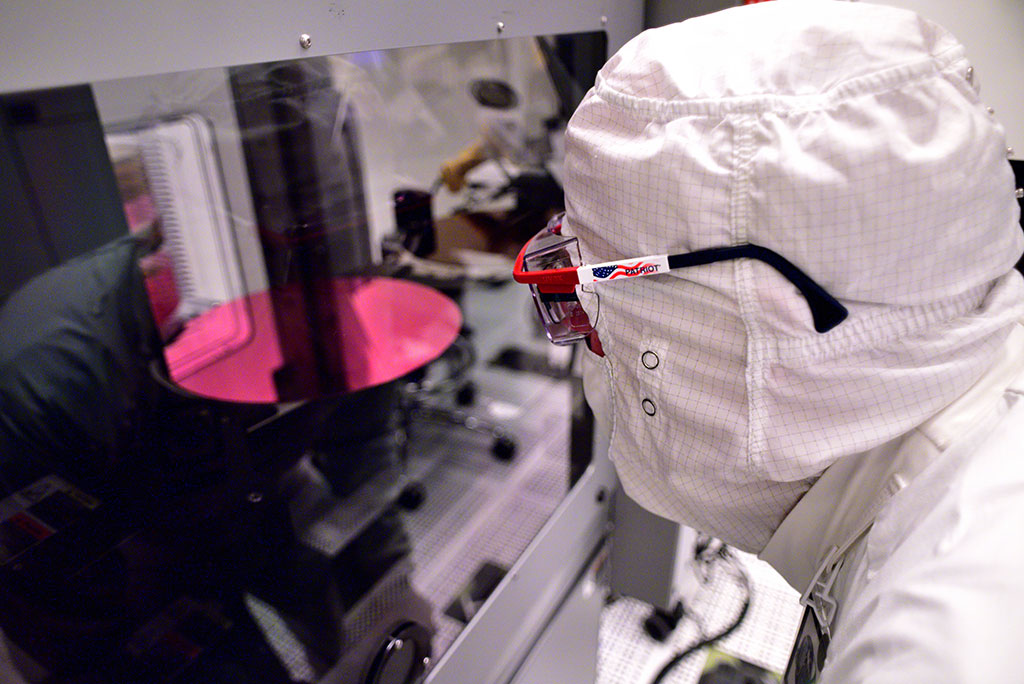Intel's 12th generation 'Sapphire Rapids' core architecture may arrive in 2020
Looking ahead to 7nm.

Intel is planning to launch Cannon Lake before the end of the year, followed by Ice and Tiger Lake, all of which will presumably be built on a 10-nanometer manufacturing process. Looking even further down the road, however, Intel's website hints of a possible 7nm product called Sapphire Rapids.
Sapphire Rapids will be Intel's 12th generation Core processor family. The company's just-released Coffee Lake line for the desktop is considered its 8th generation Core family, so Sapphire Rapids is several generations away.
There is not a whole lot we know about Sapphire Rapids at this point. The only concrete information from Intel that is publicly available is that Sapphire Rapids will be part of the company's Tinsley server and workstation platform.
It is reasonable to speculate that Intel's 12th generation Core processor will represent a move to 7nm. Intel has had trouble getting to 10nm as quickly as it had hoped, and while Samsung, MediaTek, and Qualcomm are already there, Intel claims its 10nm technology will be more advanced and a "full generation ahead" of others, in regards to transistor density and overall performance.
The bigger race is between Intel and AMD, not Intel and mobile chip makers. A recently leaked roadmap points to AMD readying Zen 2 processors (Matisse) for a 2019 launch, and those are expected to be built on a 7nm FinFET process.
For Intel, Sapphire Rapids will be a major architectural change. It could also bring about 8-core/16-thread processors to the mainstream from Intel (if previous architectures don't do it first), just as Coffee Lake is now bringing 6-core/12-thread CPUs to the mainstream for the first time ever (from Intel). Prior to Coffee Lake, any Intel processor with more than four cores was reserved for its high end desktop (HEDT) family.
Keep up to date with the most important stories and the best deals, as picked by the PC Gamer team.
Paul has been playing PC games and raking his knuckles on computer hardware since the Commodore 64. He does not have any tattoos, but thinks it would be cool to get one that reads LOAD"*",8,1. In his off time, he rides motorcycles and wrestles alligators (only one of those is true).


